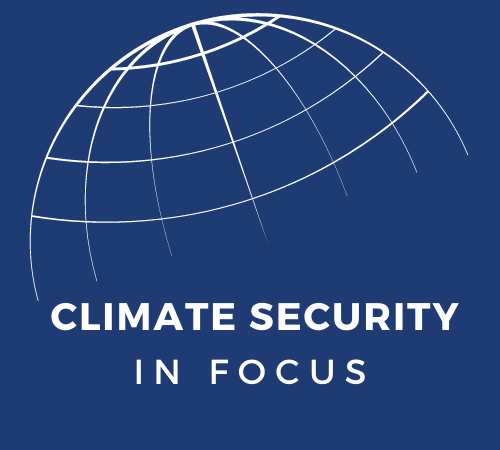
Water Security and Solar Power in the MENA Region
Dealing with water scarcity in the Middle East and North Africa (MENA) region has been a constant since some of the world’s first civilizations learned to thrive in MENA’s arid, desert regions. Today however, years of mismanagement and increased consequences from climate change have brought the issue of water security to a head as over 60% of MENA’s population now lives under severe water stress. Exacerbating this problem, the increasing availability of water pump technology is straining the availability of ground water. Diesel-fueled water pumps emerged in the 1970s and opened the door for MENA’s farmers to access increased levels of water, but today’s solar-powered water pumps, made increasingly attractive by Chinese investments and partnerships, have left the door open for this use to be disastrously exploited. Unconstrained by the expenses of diesel or the unpredictability of grid-sourced electricity, solar-powered pumps are near limitless in their ability to haul up large amounts of groundwater for irrigation. This poses a particular threat to what’s already the world’s most water scarce and water intensive agricultural region.
In 2014, the Yemeni Civil War left the national energy grid in ruins. To cope with this, Yemen’s farmers transitioned to solar powered water pumps. Today, more than half of Yemen’s population uses solar power as their main source of energy. However, in 2019, the Conflict and Environment Observatory (CEOBS) discovered that Yemen was largely exploiting its scarce groundwater resources. Weak governance and severe mismanagement in conjunction with intensifying droughts due to climate change resulted in a greatly expanded water crisis in Yemen where farmers’ access to water fell by 66%, a problem that has historically contributed to conflict and violence.
In the rest of MENA, similar trends are starting to take shape. In countries similarly embroiled in protracted conflicts, transitions to solar power are necessary to achieve resilience and allow for recovery. In Iraq, following years of battle against ISIS, an energy grid already in disrepair suffered further damages, causing 7 gigawatts (GW) in potential and actual generation to be lost. Similarly in war-torn Syria, a 2019 UNDP report stated that common power outages lasting up to 17 hours a day affect most of the country. In these fragile countries, and others, solar energy is a necessary addition both for security and climate reasons. But keeping in mind the story of Yemen, experts should view the widespread adoption of solar energy with cautious optimism, especially when considering MENA’s history of water mismanagement, and that the main financier and influencer of MENA’s solar transition is China.
In Iraq, where the U.S. was looking to wind down operations, China has upped its engagement in the region. In 2021, China invested $10.5 billion in energy and BRI-related projects and has since signed deals with Iraq for solar power plant projects. In Syria, China has supplanted U.S. aid and investment. In 2021, demand from Syrian farmers helped drive solar panel sales up 300%, and Syria’s signing of a memorandum of understanding (MoU) with China in 2022 is likely to expand solar use even more as China looks to triple solar investments.
While Chinese investments in solar throughout the MENA region have given farmers and citizens more reliable access to energy, MENA countries and the U.S. ought to be wary of Chinese involvement, especially where it can directly or indirectly affect issues as precarious as water scarcity, and in regions as fragile as MENA’s war-torn countries. China is known for using unsustainable models of development, and the proliferation of extractive technologies powered by solar without proper oversight poses a prominent risk to water security in MENA, and by extension, to regional and global stability, as proven by Yemen. In regions of protracted-conflict, transitions to solar energy are valuable and critical, especially against the backdrop of climate change and unreliable electric grids. It is also, however, in these fragile regions where potential devastating impacts of unregulated resource extraction are the most prominent. In these contexts, unregulated water usage is most likely to threaten regional stability and U.S. interests and is therefore where water usage should be the most closely monitored.
Increasing alarm over water scarcity has sparked a broad reassessment of water management and it is in the interest of the U.S. to ensure that in this review, that the machinery enabled by increased solar electrification is closely analyzed. The Biden administration has sought to downsize military engagements in MENA, but if water scarcity is further heightened by China’s hasty push for solar, the U.S. could be quickly pulled back into escalating conflicts.
Climate Security in Focus is a blog series dedicated to exploring key elements of climate security that impact American interests both at home and abroad. The series aims to examine specific aspects of climate security issues in order to better understand climate policy challenges, facilitate conversation, and generate ideas.





